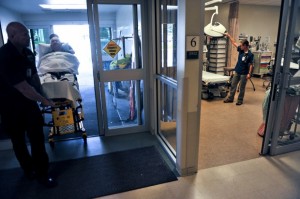A hospital is a place where we can go if we get sick. It is a conducive place for people who require treatment for their illness. It also plays a big role in the community. A community will not be complete without the presence of a hospital. In fact, a hospital is the community center for health and wellness. The environment of this place is one of the healthiest and safest space that is good for patients, visitors, and staff.
Many of us do not appreciate the true value of a hospital unless we get sick. Many lives are being saved by hospitals. It is the perfect place for those who are experiencing major sickness such as cancer, brain diseases and other major injuries. There are some diseases that are incurable. However, hospitals have advance facilities and technologies to sustain the lives of the people. This place is not only treating sickness but it also helps improving the health of the community. Many hospitals are creating programs that offer financial assistance to patients who cannot afford to pay for hospital care. This helps people to get the care they need, without having to worry about financial payment.
It is true that a hospital has a big impact to the community. They are the critical partners in making sure that communities remain strong, vibrant, and healthy. They are not just treating the diseases of patients, but they also educate the community on how to become healthy and away from all sickness. We need to be grateful that hospitals are there for us to make our lives comfortable and convenient.
